We want to help you find the best non-toxic baby bottles in 2025 that contain no harmful plastics or chemicals. Our baby joy tips guide helps you choose the right bottle for your baby!
As parents, keeping our babies safe is our number one priority. Especially what goes into their little bodies. Parents are growing increasingly concerned about chemicals in plastic baby bottles, leading to a revolution in how we feed our babies. Today’s parents are becoming more aware of bpa, phthalates, etc. So, with that knowledge, more and more parents are actively looking for ways to keep their babies safely away from harmful plastics. Within this complete guide to non-toxic baby bottles, we will help you with important factored baby joy tips while simultaneously looking at the best plastic-free baby bottles available in 2025 that protect your baby’s health and the environment.
Why go non-toxic with baby bottles?
You want the best for your baby and you truly believe that the bottle you choose makes a difference. Not only are most bottles made from plastic, which has its own issues, but traditional bottles are made from plastics that, according to some research, can leach easily into your baby’s formula or breastmilk and cause a potential health concern.
Health Concerns with Traditional Plastic Bottles :
- Hormonal disruption : Chemicals such as BPA and Phthalates can interfere with natural hormonal development
- Developmental Issues : Certain plastics have been linked to developmental issues in some studies
- Microplastics : Over time, microplastic particles can break off from the bottles (especially when heated).
Benefits of choosing non-toxic infant feeding options :
- Lesser chemical exposure : BPA/BPS, Phthalates, PVC free
- Temperature stability : glass and stainless steel help provide consistent milk for your baby
- Durability : much plastic-free baby bottles and feeding options have been shown to be long-lasting
- Environmental footprint : less plastic waste also equals less waste, which means a healthier planet.

Image result for Top Non-Toxic Baby Bottle Materials of 2025
The baby bottle market is certainly changing, and we have many more choices to buy safe bottles using non-toxic materials in comparison to the traditional unknown plastic bottles.
Glass Baby Bottles
Glass baby bottles are definitely making a big comeback! Modern glass baby bottles now incorporate a lot of functional improvements designed to address past concerns.
Glass Bottles Pros :
- Pure Material : You will not have to worry about any type of chemicals leaching into your breastmilk or formula.
- Heat Resistant : Glass can be heated to high temperatures to sterilize, instead of only being able to use cold water items.
- Durability : a good glass bottle and provide for other children,
- Transparency : glass allows you to easily see the measurement markings and amount of milk or formula.
Best Glass Baby Bottle Options 2025 :
- Lifefactory Glass Baby Bottles – Glass bottles now come with protective silicone sleeves to prevent shattering when dropped! breakage
- Dr. Brown’s Natural Flow Glass Baby Bottles – A patented venting system that keeps babies from ingesting lots of air which can cause colic or gas and pain for babies and parents.
- Evenflo Feeding Classic Glass Twist Bottles – Very affordable option, improved grip design is an improvement over past models.
Stainless Steel Baby Bottles
The latest advancement in the non-toxic bottling world, stainless steel is unbeatable in benefits.
Stainless Steel Benefits :
- Nearly Unbreakable ! Perfect for active, busy families.
- Amazing Temperature Control ! Keeps contents warmer (or cooler) much longer.
- Light ! Makes it easier for older babies to hold themselves.
- Toxin free ! Contains no BPA or BPS, PVC, Lead or Phthalates.
Top stainless steel picks :
- Pura Kiki : versatile design that grows with the baby!
- Klean Kanteen Baby Bottle : Wide neck bottle is easy to clean.
- ThinkBaby : Convertible with multiple nipple flow options.
Innovative Silicone Baby Bottles
Medical-grade silicone has become one of the most popular materials providing the best of both worlds.
Silicone baby bottle benefits :
- Soft, squeezable texture simulates the breast-feeding experience so your infant can transition easier.
- Shatter-Proof when dropped, so no worries if they tumble from what looks like a million feet up.
- The heat-resilient material is sterilized in various ways across the entire globe.
- Lightweight for baby to hold independently.
Top silicone baby bottles for 2025 :
- Comotomo Natural Feel – A revolutionary wide-neck baby bottle with breast-like nipples.
- Olababy GentleBottle – A unique plant shape that is designed to help bottle feeding without nipple confusion.
- Boon NURSH – A collapsible silicone baby bottle designed to compress to reduce the amount of air your baby takes in while feeding.
Best Eco-Friendly Baby Bottle Accessories
A truly non-toxic approach begins beyond the bottle, accessories are just as important :
Non-toxic baby bottle nipples :
- Look for medical-grade silicone material
- Squeeze the info out of other materials to look for latex (often allergen) and plastic
- Focus on variable flow nipple designs that decrease when baby grows.
Safe baby bottle cleaning products
- Bottle brushes : Natural bristle or silicone for non-plastic handled options
- Sterilizing methods : Steam sterilizers that do not contain plastic
- Bottle soap : Specifically designed for baby items with plant-based ingredients, free of aroma.
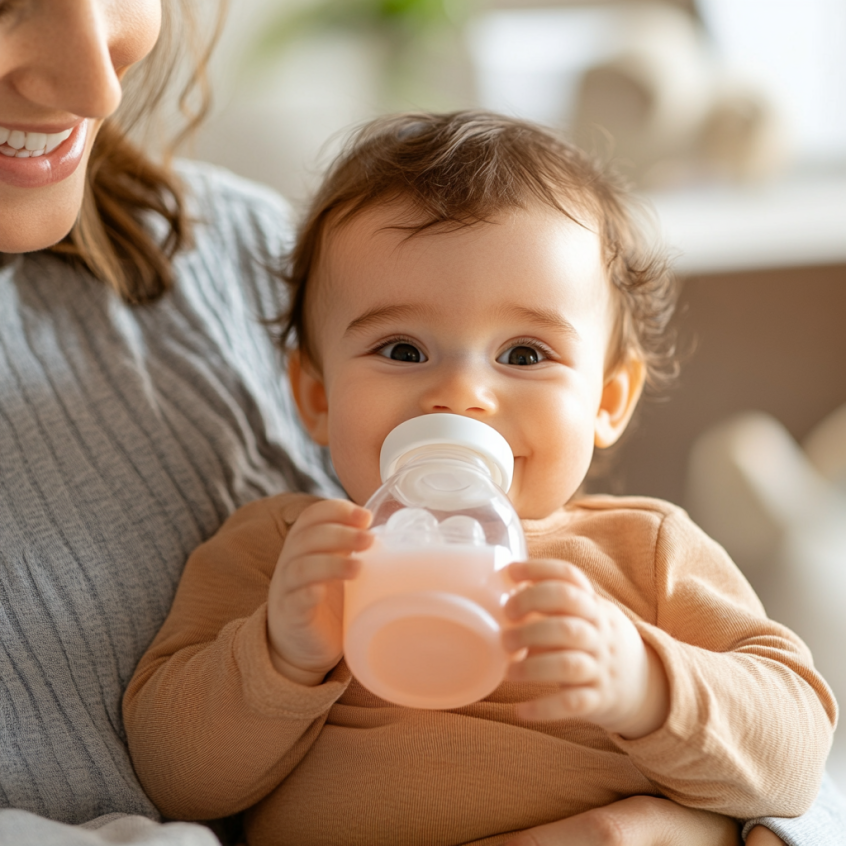
Ways to Know if Products are Truly Non-Toxic
There are options for greenwashing out there regarding baby products and its always helpful to know how to identify the actual safe options.
What certifications to look for :
- Made Safe : most rigorous third-party certification for non-toxic products
- EWG Verified : most rigorous criteria for chemical safety
- FDA Food Grade : the materials/contents can be used for food contact.
What to steer clear of :
- “BPA free” labels not mentioning anything else
- Vague material descriptions
- Lack of certifications from the manufacturer
- Very cheap prices (non-toxic materials & contents are typically more expensive)
Conclusion : Choosing safety-focused feeding choices for your baby
Finding the right non-toxic baby bottles is a vital step to providing the safest start for your baby. Glass, stainless steel and silicone may all be great alternatives to plastic. The best choice for you and your family will depend on your unique needs and lifestyle. These baby joy tips for safe, chemical-free feeding options will help you sift through the overwhelming number of options available. Just remember, investing in quality, non-toxic bottles now, meaning no worrying down the road, and potentially even a greater chance of better health for your little one in the future.
Frequently Asked Questions
How can I tell if my baby’s bottle is truly non-toxic?
Check the label: you want a bottle that states “BPA, BPS, phthalate, PVC, and lead free.” A reputable bottle manufacturer will state what materials are used in the construction of their baby bottles and have some type of certification. The safest bottles available right now are glass, stainless steel and medical-grade silicone.
Is it safe to use glass baby bottles or do they break really easily?
Glass baby bottles are made with tempered, reinforced glass that is stronger than conventional glass. Many of these manufacturers provide silicone sleeves that literally protect them from some drops. Most likely you can break a glass bottle, but the risk of doing so is reduced with correct use.
Do non-toxic baby bottles help with colic?
Many non-toxic baby bottles are made specifically for colic with ventilation systems to minimize air. Glass and stainless steel do not flex during feeding so the infant usually swallows less air than with a squeezable plastic baby bottle.
When should I replace non-toxic baby bottles?
Non-toxic baby bottles last way longer than plastic bottles, and don’t require replacements very often (if at all). Glass and stainless steel nipples and bottles can last forever as far as you are concerned with wear and tear; besides that those materials will never degrade. Silicone baby bottles should be replaced if you are noticing that they are: damaged in any way, deteriorating, or cloudy.
Can I warm breast milk or formula in non-toxic baby bottles?
Yes, non-toxic baby bottles are very safe to warm; as long as you are heating a non-toxic glass or stainless bottle your heat will be dispersed evenly. There are no chemicals leaking from these bottles when warmed. No matter what type of baby bottle you have, always check the temperature before feeding and never microwave any baby bottle regardless of material (dangerous hot spots).
Are non-toxic baby bottles more costly?
If you are purchasing non-toxic bottles you will typically pay more right up front, compared to their plastic alternatives. But they last longer as bottles, and you’ll likely need to purchase less replacements over their lifespan. It’s possible to save later on.
What is the best method to clean non-toxic baby bottles without compromising their safety?
For all non-toxic bottles, hand washing with mild, unscented soap and water will work best. Most non-toxic bottles can be sterilized via steam as well. Avoid cleaning with harsh chemicals or abrasive materials that could destroy the surface or leave phthalates or other residues behind.
Can I use non-toxic bottles with any breast pump?
Most non-toxic baby bottle systems have adapters for standard breast pumps. However, consider compatibility prior to purchase, as some brands have systems designed to work specifically with some breast pumps.
Will babies drink from non-toxic bottles like they will drink from plastic bottles?
There will be baby variation with acceptance of non-toxic bottles. There are some silicone bottles that are specifically designed with the texture and hand-feel in mind similar to the breast. Glass and stainless steel also offer varieties of nipples that will also likely be acceptable to babies similar to that of plastic.
What are the disadvantages of using non-toxic baby bottles?re any downsides to non-toxic baby bottles?
The main disadvantages of non-toxic baby bottles are initial costs, resultant weight (mostly glass), and usually less designs than plastic. Also, Some non-toxic baby bottles can have additional pieces that are more difficult to clean or not designed for standard day care bottle warmers.
How do I establish a good sleep routine with a newborn and still bottle feed?
Create a consistent pattern for a bedtime routine so that there is a consistent bottle fed at bedtime in a quiet, semi-dark environment. A potential option for winding down could be to use a warmed bottle of breast milk or formula (with your pre-warmed bottle, done safely) as part of the regular bedtime routine, but avoid the baby going to sleep with the bottle so that dental issues do not arise from prolonged contact with milk/formula.
How do I transition from breast to a non-toxic bottle?
Start with a silicone bottle that simulates the milk’s breast shape and feel. Next, have another parent (one that is not breastfeeding) hold the bottle for the baby. Try to use the bottle when the baby is hungry, but not starving. Be consistent, and patient because there may be multiple attempts before accommodating the bottle feeding.
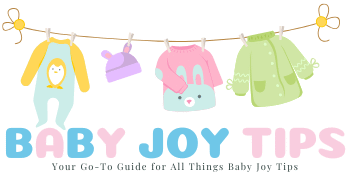
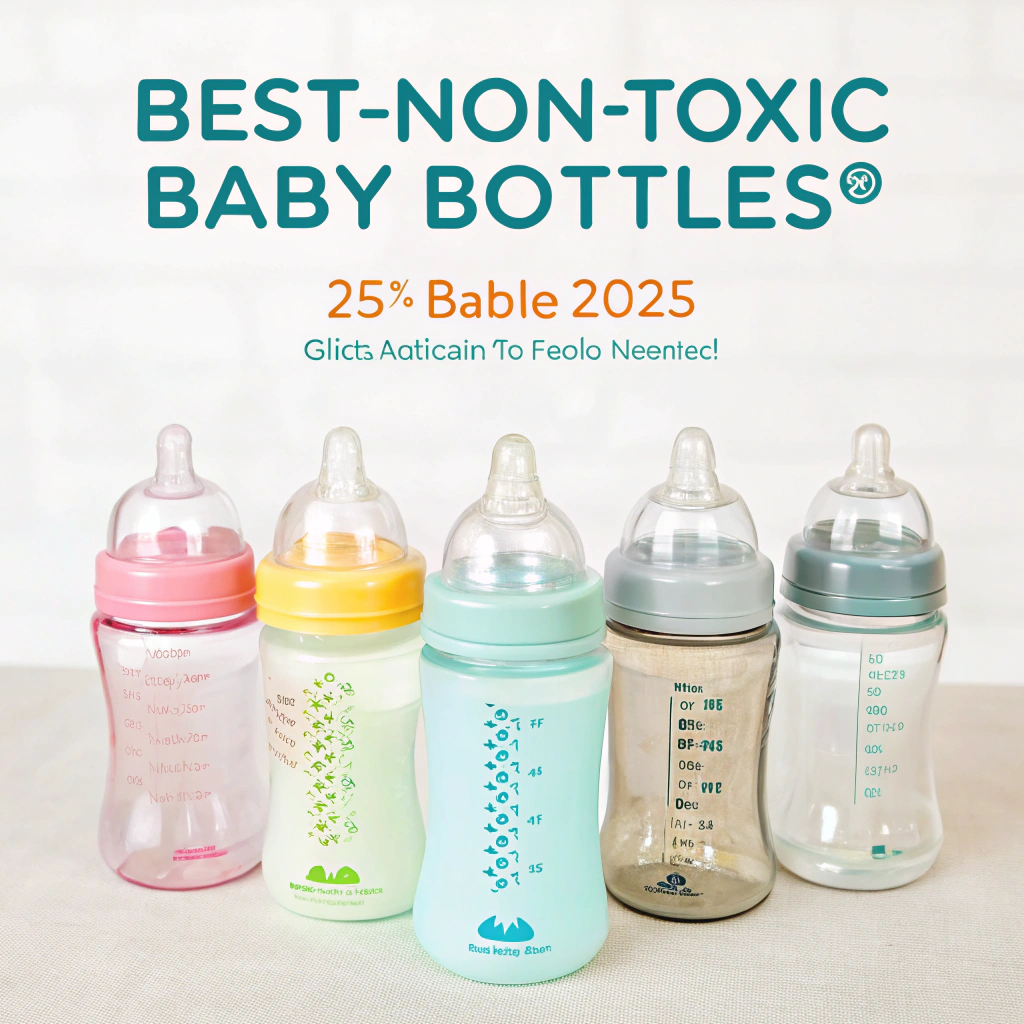
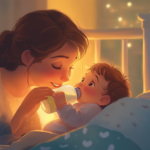

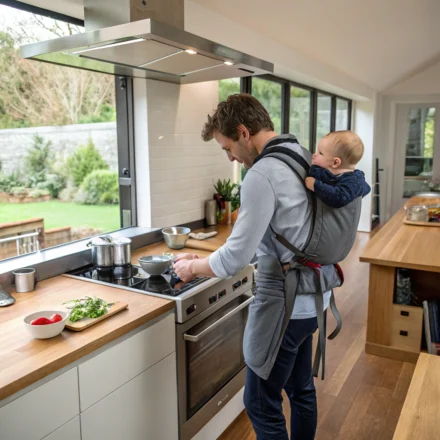
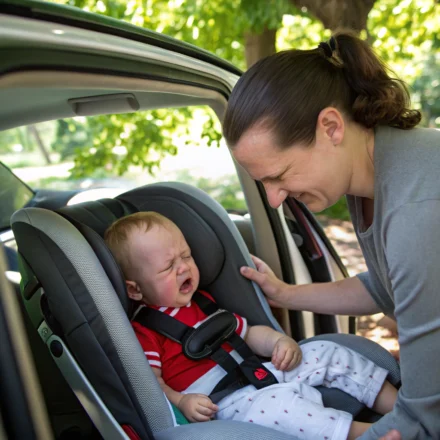
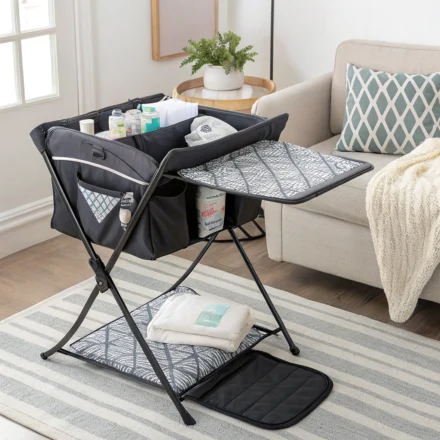
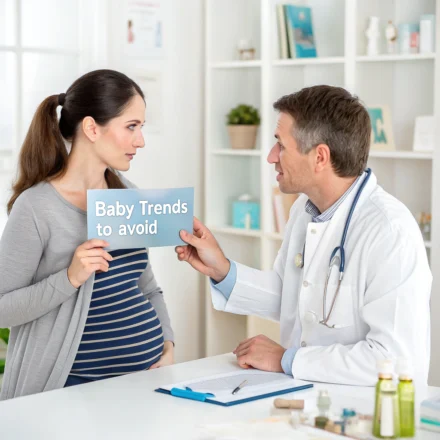
Leave a Comment